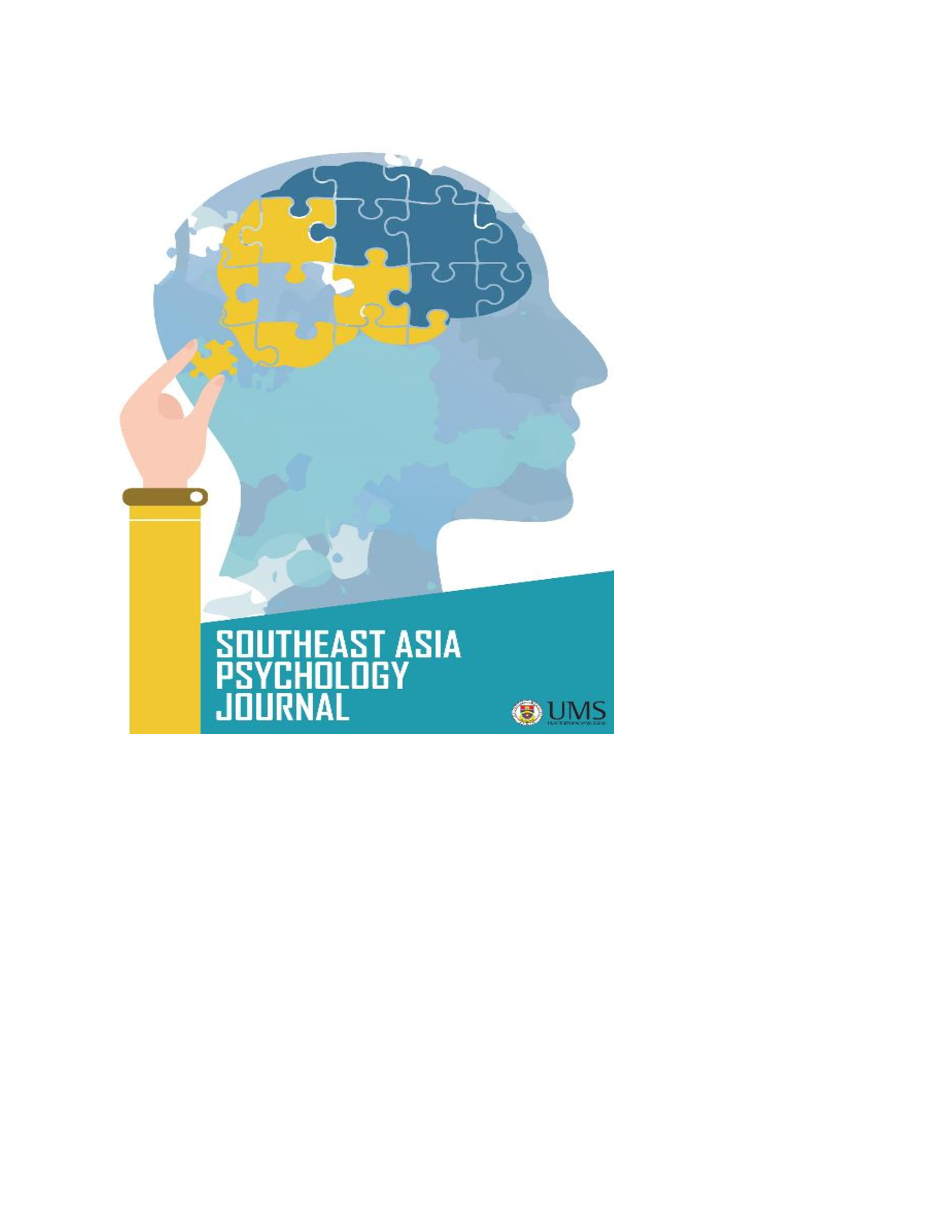The Mediating Effect of Emerging Adulthood Experiences on The Relationship Between Parental Attachment and Social Adjustment in The University
Keywords:
Emerging Adulthood Experience, Parental Attachment, Social Adjustment, Emerging AdultAbstract
A mediation model was proposed to analyse the relationship between parental attachment and social adjustment. Specifically, this study aims to contribute and fill a gap in the emerging adulthood literature by analysing the mediating role of emerging adulthood dimensions (identity exploration, instability/negativity, self-focused, possibilities/experimentation, feeling “in- between”). Thus, a variance-based structural modelling via partial least squares was employed to analyse the hypothesized relationships. Data was gathered from 568 freshmen from a public university in the Western region of Malaysia. The results show that only self-focused is a
significant mediator in the relationship between parental attachment and social adjustment. Practical contribution was discussed particularly among counsellors and academicians who work with emerging adult clients.
References
Ahmad, K., Fauziah, N., Azemi, Y., Shaari, M., & Zailani, M. Y. (2002). Adjustment to college life and academic performance among Universiti Utara Malaysia Students. Unpublished Manuscript. Universiti Utara Malaysia, Kedah, Malaysia.
Ainsworth, M. D. S. (1989). Attachments beyond infancy. American Psychologist, 44, 709-716.
Armsden, G. C., & Greenberg, M. T. (2009). Inventory of parent and peer attachment (IPPA). Unpublished manuscript, College of Health and Human Development, Penn State University State College, Pennsylvania, United States.
Arnett, J. J. (2007). Socialization in emerging adulthood. From the family to the wider world, from socialization to self-socialization. In J. E. Grusec & P. D. Hastings (Eds.). Handbook of socialization: Theory and research. New York, NY: Guilford Press, pp. 208-231.
Arnett, J. J. (2012). New horizons in research on emerging and young adulthood. In Early adulthood in a family context. Springer New York, pp. 231-244.
Arnett, J. J. (2014). Emerging adulthood: The winding road from the late teens through the twenties (2nd Ed.). Oxford University Press.
Arnett, J. J., & Schwab, J. (2012). The Clark University poll of young adults: Striving, struggling, hopeful. Worcester, Mass: Clark University.
Baker, R. W., & Siryk, B. (1989). Student adaptation to college questionnaire (SACQ). Los Angeles, CA: Western Psychological Services.
Berardi, L. (2012). The First Year College Experience: Predictors of Natural Mentoring Relationships & Students' Academic Outcomes. Chicago: DePaul University.
Bowlby, J. (1982). Attachment and loss: retrospect and prospect. American journal of Orthopsychiatry, 52(4), 664.
Cohen, J. (1988). Statistical power analysis for the behavioral sciences (2nd Ed.). Hilllsdale, NJ: Lawrence Erlbaum Associates, Inc.
Dyson, R., & Renk, K. (2006). Freshmen adaptation to university life: Depressive symptoms, stress, and coping. Journal of clinical psychology,62(10), 1231-1244.
Erikson, E. H. (1968). Life cycle. International encyclopedia of the social sciences, 9, 286-292.
Fornell, C., & Larcker, D. F. (1981). Evaluating structural equation models with unobservable variables and measurement error. Journal of marketing research, 39-50.
Gerdes, H., & Mallinckrodt, B. (1994). Emotional, social, and academic adjustment of college students: A longitudinal study of retention. Journal of Counseling & Development, 72(3), 281-288.




